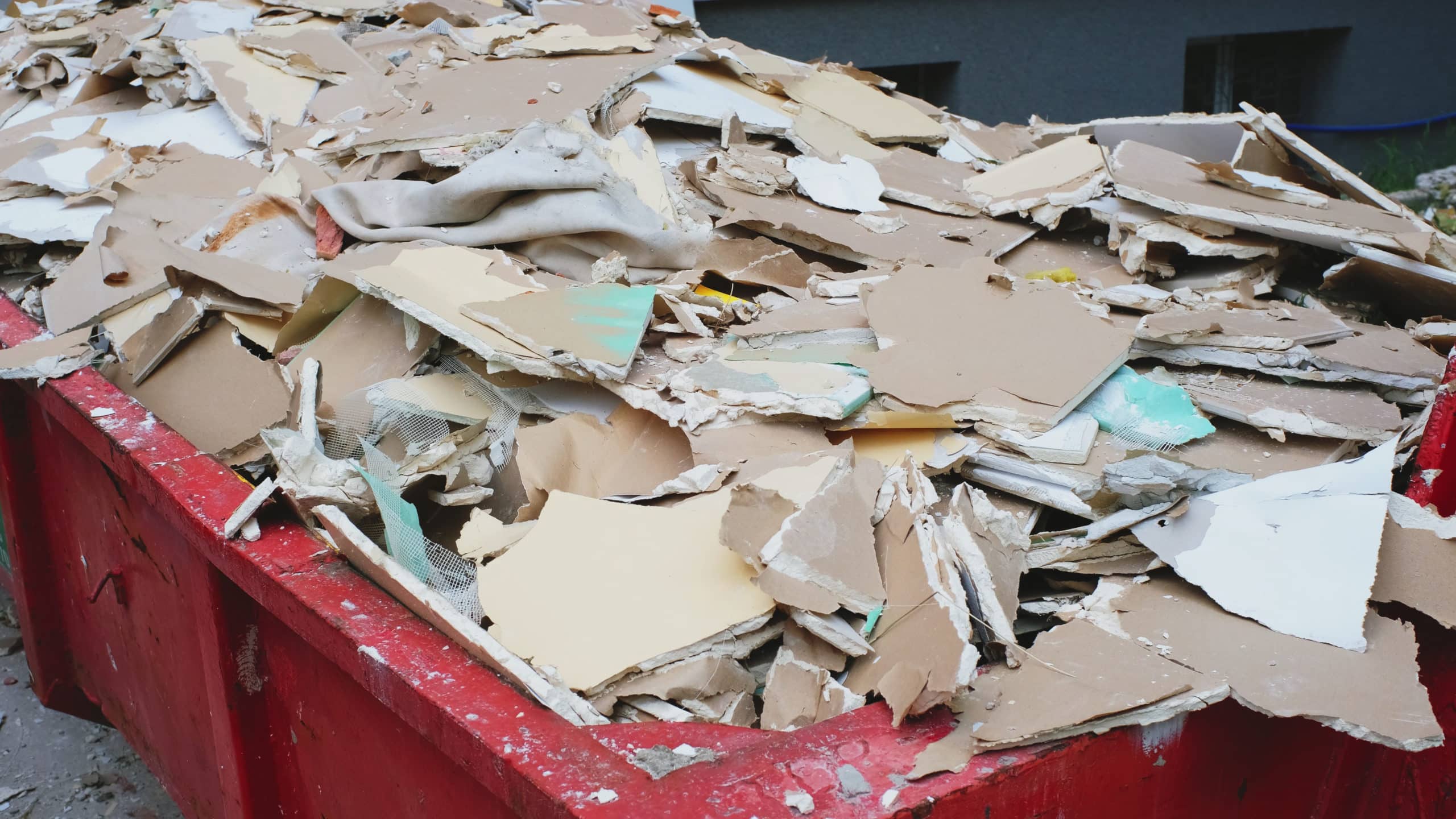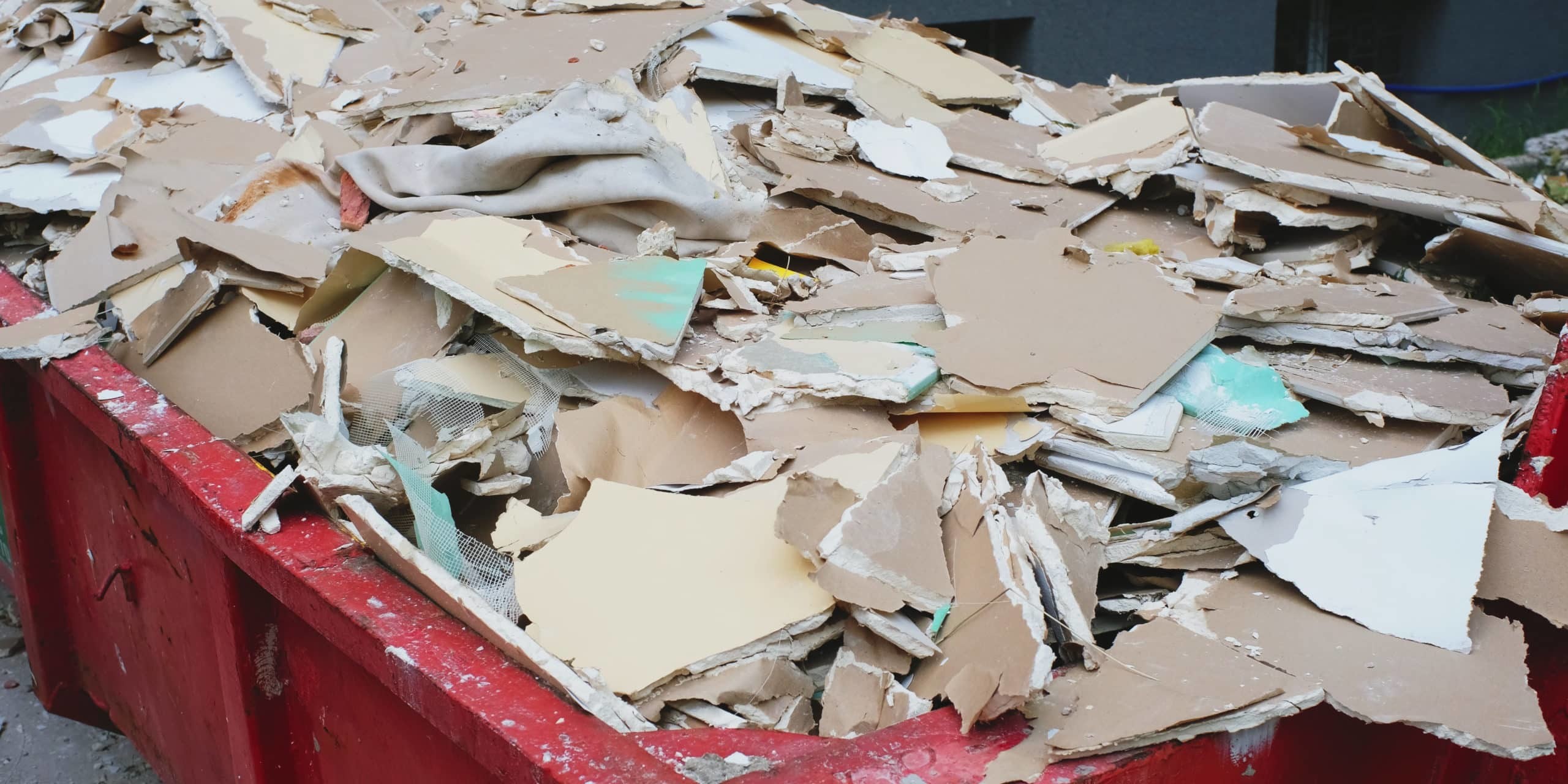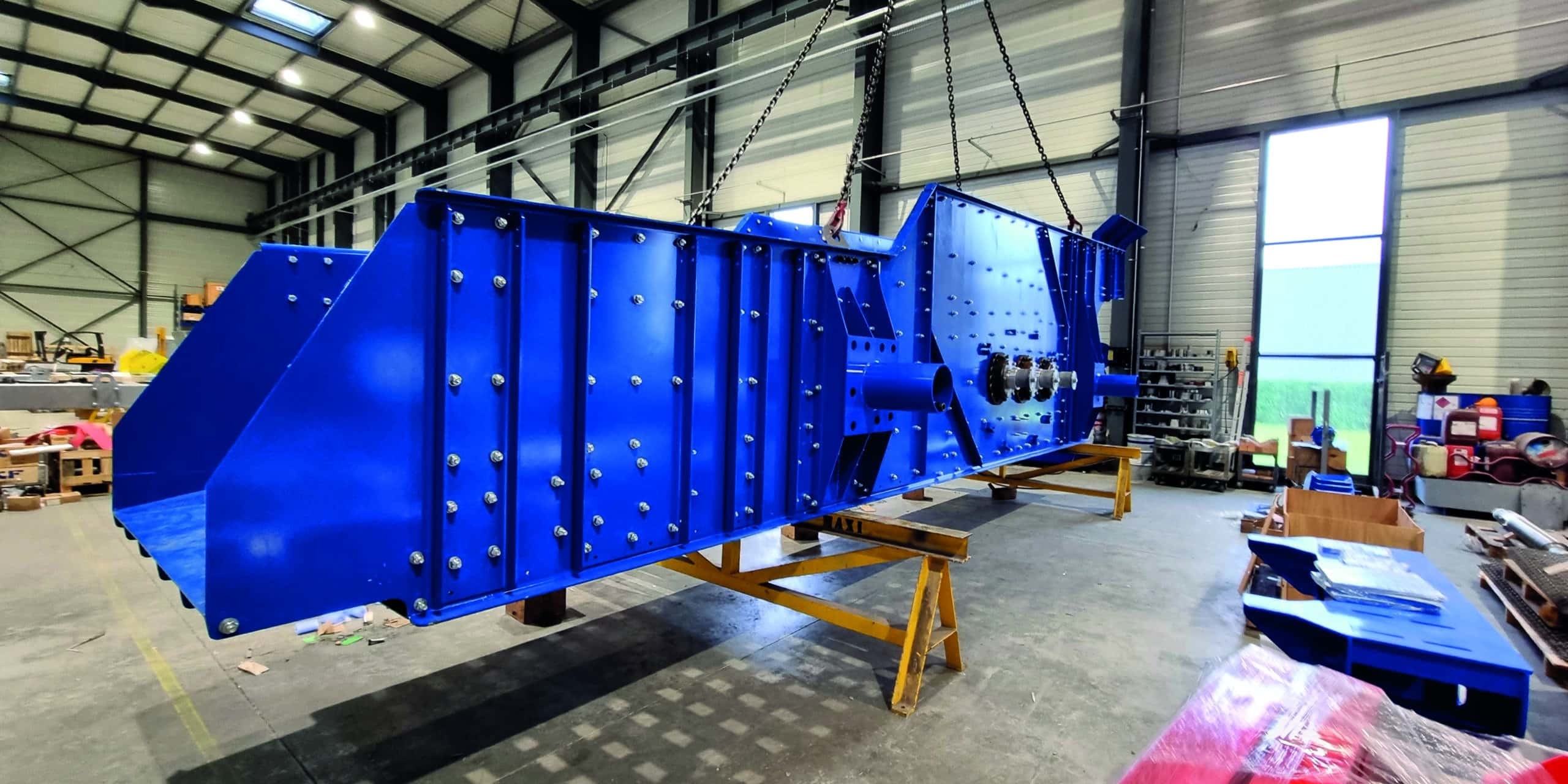
This machine makes wonders in waste processing
Published on 16 April 2025
In 2023, a waste treatment machine for recycling construction waste was designed for an order… Let’s zoom in on this innovative new machine with Johan Feroussier, Head of the Design Office at Chauvin.
Johan, can you tell us a bit about yourself?
I’m Johan Feroussier, a lifelong resident of the Grenoble area and employee at Chauvin for 20 years, Head of the Design Office since 2020.
My day-to-day involves producing machines that meet and redefine client specifications while complying with current standards. My challenge is to meet quality, deadlines, and budget constraints for each project, including the one we’re discussing today!
How did this machine design project start?
It all started with a request from REY Solutions in spring 2022. They had specific needs that led to collaboration with our company.
The project kicked off with visits to two sites, where we analyzed existing machines in operation to better understand the requirements. This initial analysis phase lasted three months and resulted in a layout plan.
What were the next phases?
Following the analysis, we gathered the expected performance requirements for the machine and its throughput.
In terms of performance, we studied what type of machine trajectory was needed to meet the client’s needs. We considered a sloped device with a circular trajectory but ultimately chose an elliptical trajectory with very high amplitude, far beyond our usual screens.
Our layout plan was validated in August 2023, with the final machine delivered in January 2023 after prototyping and testing.
The delivery included commissioning, and we’ve since returned several times to see the machine in operation with the recycled product.
What makes this machine so valuable for your client?
We usually screen rubble. For this project though, the materials had much lower density.
To be specific, aggregates typically have a density of 1.6, while the materials here are around 0.2 or 0.3 at most. We’re talking about drywall, plastics, and very little rubble or tile…
In terms of volume, the machine processes 150 m3 per hour. To achieve this, we had to conduct many tests and calculation variants to determine how the machine behaves.
We also had to develop a cascading system to avoid the single-layer principle. The product needed to be aerated and stirred, hence the idea of steps to flip the product.
To meet this need, our first challenge was ensuring the mechanical strength of the 10-meter-long device. This turned out to be a major structural challenge.
The second challenge was finding the right mechanics to achieve the desired amplitude. This machine runs much more slowly (430 RPM) with a 25 mm amplitude, which required us to redesign the mechanism of a classic screen to suit the intended use.
What kind of feedback have you received on its performance?
Customer satisfaction exceeded expectations!
Since then, we’ve built a second unit and are working on a third for the same installer we’re partnered with.
The ratio of screening quality to throughput is exceptionally good for industry standards.
Of course, ongoing operations and feedback have allowed us to make minor adjustments, to the point where we can now add this machine to our catalog with size variations. A larger model is under consideration, which would make it one of the largest machines for this application.
In short, it has a bright future ahead!

